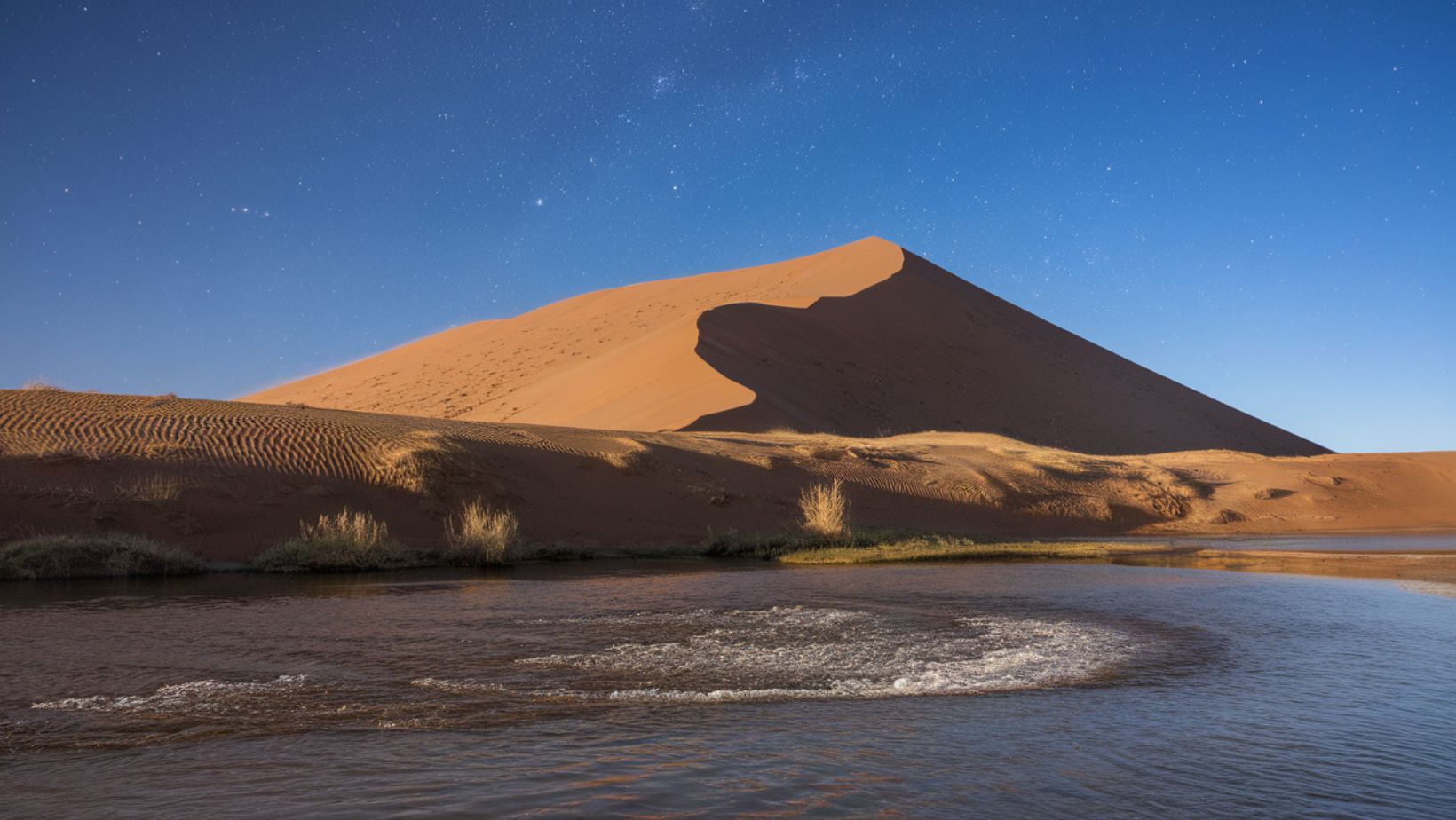Have you ever imagined walking through a landscape that feels more like an alien planet than Earth? What if you could find towering sand dunes reaching heights of 750 feet, right in the heart of Colorado? Did you know there’s a place where the Sahara Desert seems to meet the Rocky Mountains in an impossible fusion of landscapes? Welcome to Great Sand Dunes National Park, where reality challenges imagination and adventure takes on new meaning.
The Five Essential Adventures That Will Transform Your Great Sand Dunes Experience
According to park statistics, visitors who engage in these five core activities report the highest satisfaction rates. Sandboarding and sand sledding top the list, with specialized equipment available for rent at the Oasis Store just outside the park entrance. High-altitude sand skiing offers thrills comparable to winter sports, with speeds reaching up to 20 mph on the steepest slopes. Hiking the Star Dune, North America’s tallest sand dune at 755 feet, provides unparalleled views of the entire dune field. Medano Creek seasonal splashing, typically peaking in May and June, creates a beach-like atmosphere at the dunes’ base. Finally, nighttime photography and stargazing sessions benefit from the park’s designation as an International Dark Sky Park.
The Secret to Mastering Sand Adventures Lies in Perfect Timing and Preparation
Park rangers emphasize that early morning and late afternoon provide optimal conditions for dune exploration. Surface sand temperatures can soar to 150°F during summer middays, making morning adventures before 10 AM or evening excursions after 4 PM ideal. Visitors should carry at least one gallon of water per person and wear closed-toe shoes to protect against hot sand. The park’s unique “surge flow” phenomenon in Medano Creek creates waves up to 20 inches high during peak runoff, attracting thousands of visitors annually.
Expert Photographers Reveal Why Sunset Creates the Most Dramatic Dune Landscapes
Professional landscape photographers consistently rate Great Sand Dunes among North America’s top locations for dramatic natural lighting. The late afternoon sun casts long shadows across the rippled sand, creating compelling contrasts and textures. During golden hour, the dunes transform into a canvas of gold and purple hues, with the Sangre de Cristo Mountains providing a stunning backdrop. Time-lapse photography reveals the dynamic nature of the dunes, which can shift up to 50 feet per year due to prevailing winds.
Hidden Ecosystems Thrive Within Americas Most Unique Sandbox
The park’s ecosystem supports surprising biodiversity, including seven species found nowhere else on Earth. Among these is the Great Sand Dunes Tiger Beetle, which has evolved special adaptations to survive in this harsh environment. Visitors frequently spot mule deer, elk, and pronghorn antelope around the dunefield’s edges, particularly during dawn and dusk hours. The park’s elevation range of 8,200 to 13,600 feet creates distinct life zones supporting over 1,000 species of plants and animals.
The Best Seasons to Experience Each Unique Dune Adventure
According to visitor data, spring brings optimal conditions for water activities in Medano Creek, while fall offers the most stable weather for hiking and photography. Summer evenings provide perfect temperatures for stargazing, with the Milky Way clearly visible on moonless nights. Winter transforms the landscape with snow-capped dunes, creating surreal photo opportunities and unique sledding experiences. The park’s annual visitation peaks in July, making shoulder seasons ideal for those seeking solitude among the dunes.
